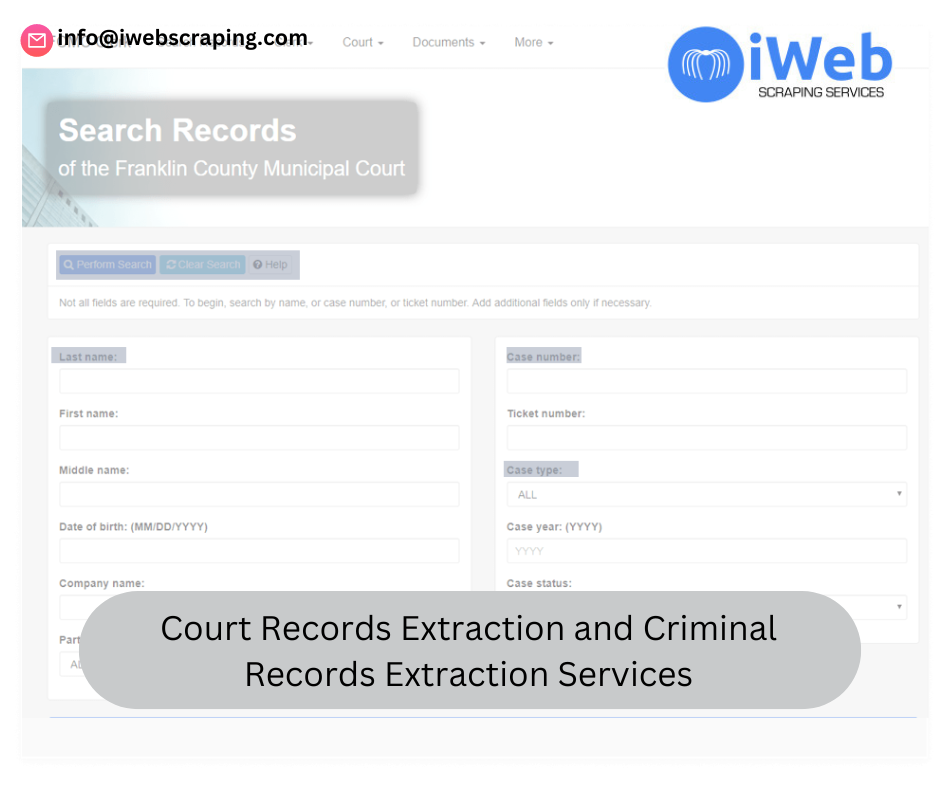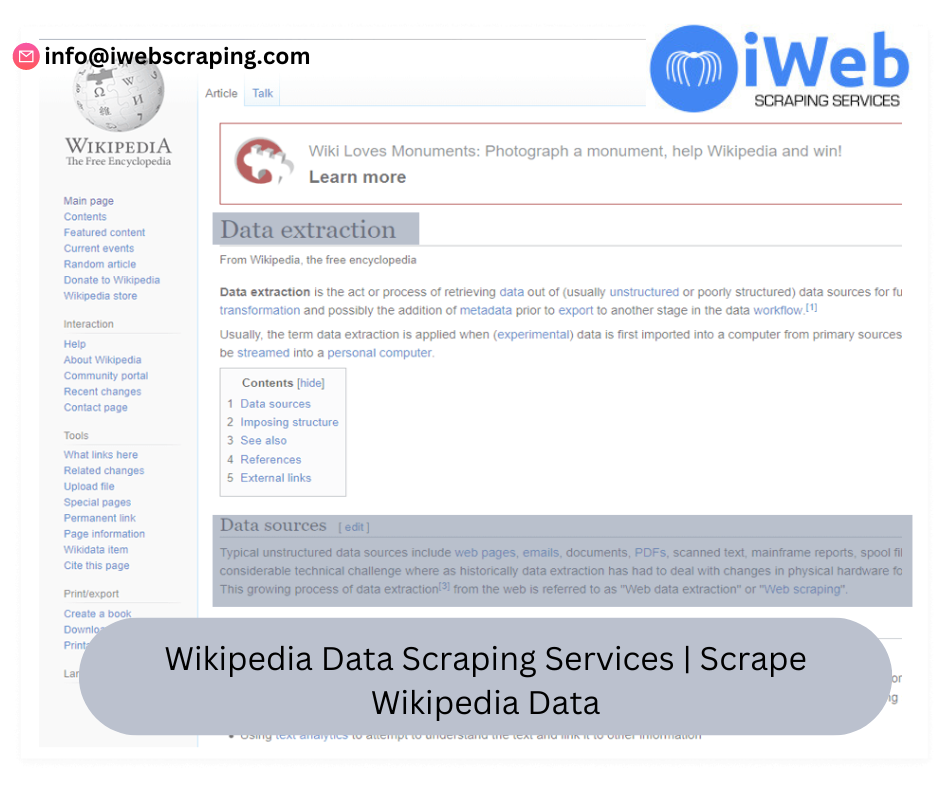
The rise of Over-The-Top (OTT) platforms like Netflix, Amazon Prime Video, Hulu, and Disney+ has transformed the way people consume media. As these platforms continue to grow, so does the importance of competitive intelligence (CI) for businesses in the entertainment industry. Scraping data from OTT platforms can provide valuable insights into content trends, user preferences, and market dynamics. This blog will guide you through the process of scraping OTT platforms for competitive intelligence.
Understanding the Importance of Scraping OTT Platforms
Competitive intelligence involves gathering and analyzing data about competitors to make informed business decisions. In the context of OTT platforms, CI can help content creators, distributors, and marketers understand what type of content is popular, how competitors are performing, and where there are opportunities for growth. Scraping OTT platforms for data can provide insights into:
Content Trends: Identify which genres, actors, and directors are currently trending.
User Preferences: Understand viewer ratings, reviews, and watch times.
Market Dynamics: Track the release schedules, subscription rates, and promotional strategies of competitors.
Ethical Considerations
Before diving into the technical aspects, it’s crucial to address the ethical considerations. Ensure that scraping activities comply with the terms of service of the OTT platforms and respect copyright laws. Avoid overloading servers with requests and consider the legal implications of using the scraped data.
Tools and Technologies
To scrape OTT platforms effectively, you need the right tools and technologies. Here are some popular options:
Python: A versatile programming language with libraries like BeautifulSoup, Scrapy, and Selenium for web scraping.
BeautifulSoup: A Python library for parsing HTML and XML documents.
Scrapy: An open-source web crawling framework for Python.
Selenium: A tool for automating web browsers, useful for scraping dynamic content.
Steps to Scrape OTT Platforms
1. Identify Target Data
Start by identifying the specific data you want to scrape. Common targets include:
Titles and descriptions of movies and TV shows
Genre and category information
Release dates
User ratings and reviews
Viewing statistics
2. Inspect the Website
Use your web browser’s developer tools to inspect the HTML structure of the target OTT platform. Identify the tags and classes associated with the data you want to scrape. This step is crucial for understanding how the data is presented on the webpage.
3. Set Up Your Scraping Environment
Install the necessary libraries and set up your scraping environment. For example, in Python, you can use pip to install BeautifulSoup, Scrapy, and Selenium:
bashCopy codepip install beautifulsoup4 scrapy selenium
4. Write the Scraper
Create a script to extract the desired data. Here’s a basic example using BeautifulSoup to scrape movie titles from a hypothetical OTT platform:
pythonCopy codeimport requests
from bs4 import BeautifulSoup
url = 'https://www.example-ott-platform.com/movies'
response = requests.get(url)
soup = BeautifulSoup(response.text, 'html.parser')
titles = soup.find_all('h2', class_='movie-title')
for title in titles:
print(title.text)
5. Handle Dynamic Content
Many OTT platforms use JavaScript to load content dynamically. In such cases, Selenium can be used to interact with the web page as a real user would:
pythonCopy codefrom selenium import webdriver
driver = webdriver.Chrome()
driver.get('https://www.example-ott-platform.com/movies')
titles = driver.find_elements_by_class_name('movie-title')
for title in titles:
print(title.text)
driver.quit()
6. Store and Analyze Data
Once you have scraped the data, store it in a structured format like CSV, JSON, or a database. Use data analysis tools and techniques to gain insights from the collected data. For example, you can use pandas in Python to analyze the data:
pythonCopy codeimport pandas as pd
data = pd.read_csv('scraped_data.csv')
print(data.describe())
Challenges and Best Practices
Challenges
IP Blocking: Frequent requests from the same IP can lead to blocking. Use proxies or VPNs to mitigate this.
CAPTCHAs: Some platforms use CAPTCHAs to prevent scraping. Services like 2Captcha can help bypass these.
Dynamic Content: Handling JavaScript-loaded content can be tricky. Selenium or headless browsers like Puppeteer can assist.
Best Practices
Respect Robots.txt: Always check and respect the website’s robots.txt file.
Rate Limiting: Implement rate limiting to avoid overwhelming the server.
Data Cleaning: Ensure the scraped data is clean and consistent before analysis.
Conclusion
Scraping OTT platforms for competitive intelligence can provide valuable insights into the entertainment industry. By following ethical guidelines, using the right tools, and implementing best practices, businesses can gain a competitive edge and make data-driven decisions. Whether you’re tracking content trends, analyzing user preferences, or monitoring market dynamics, scraping can be a powerful tool in your CI arsenal.

















.png)
.png)
.jpg)
Write a comment ...